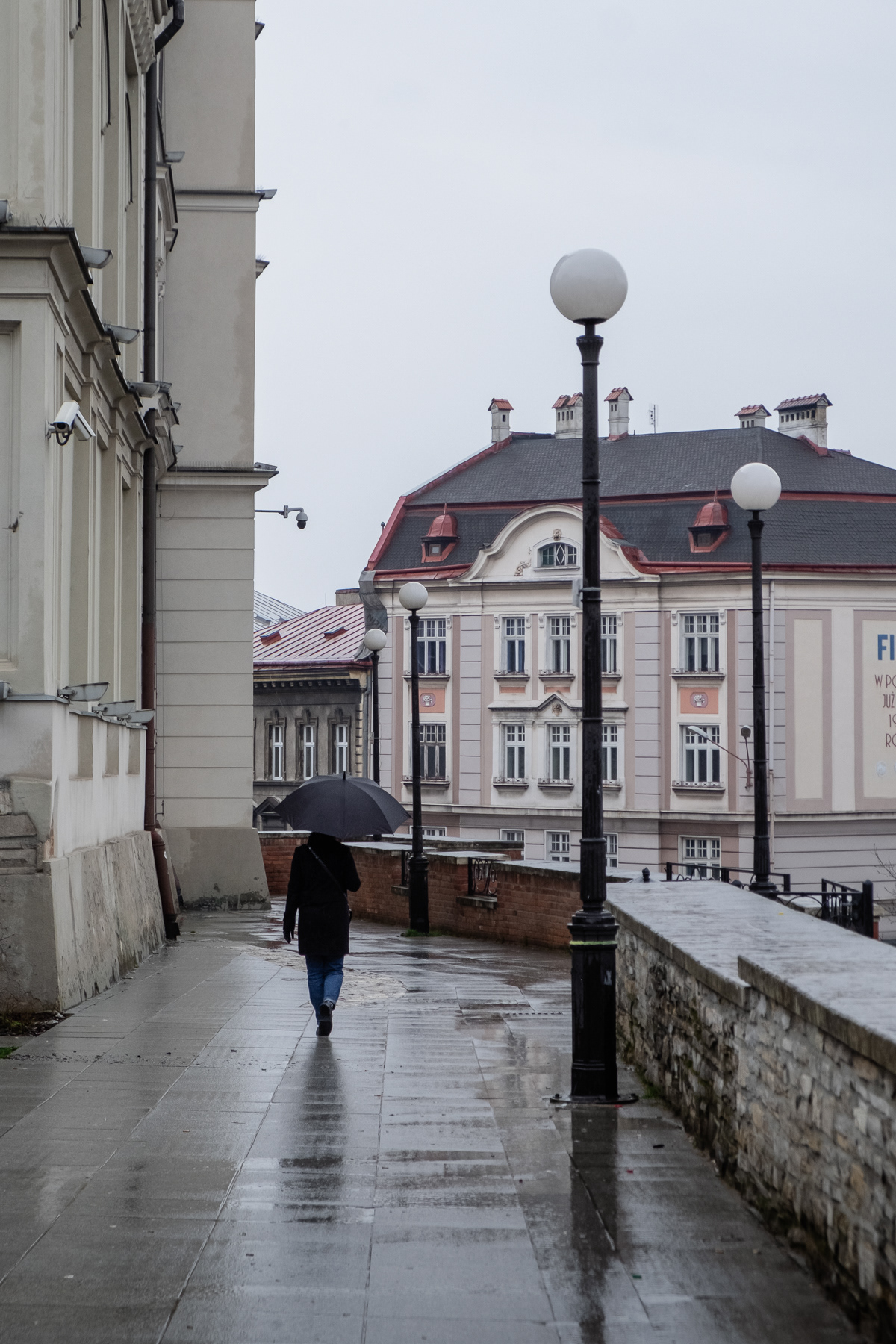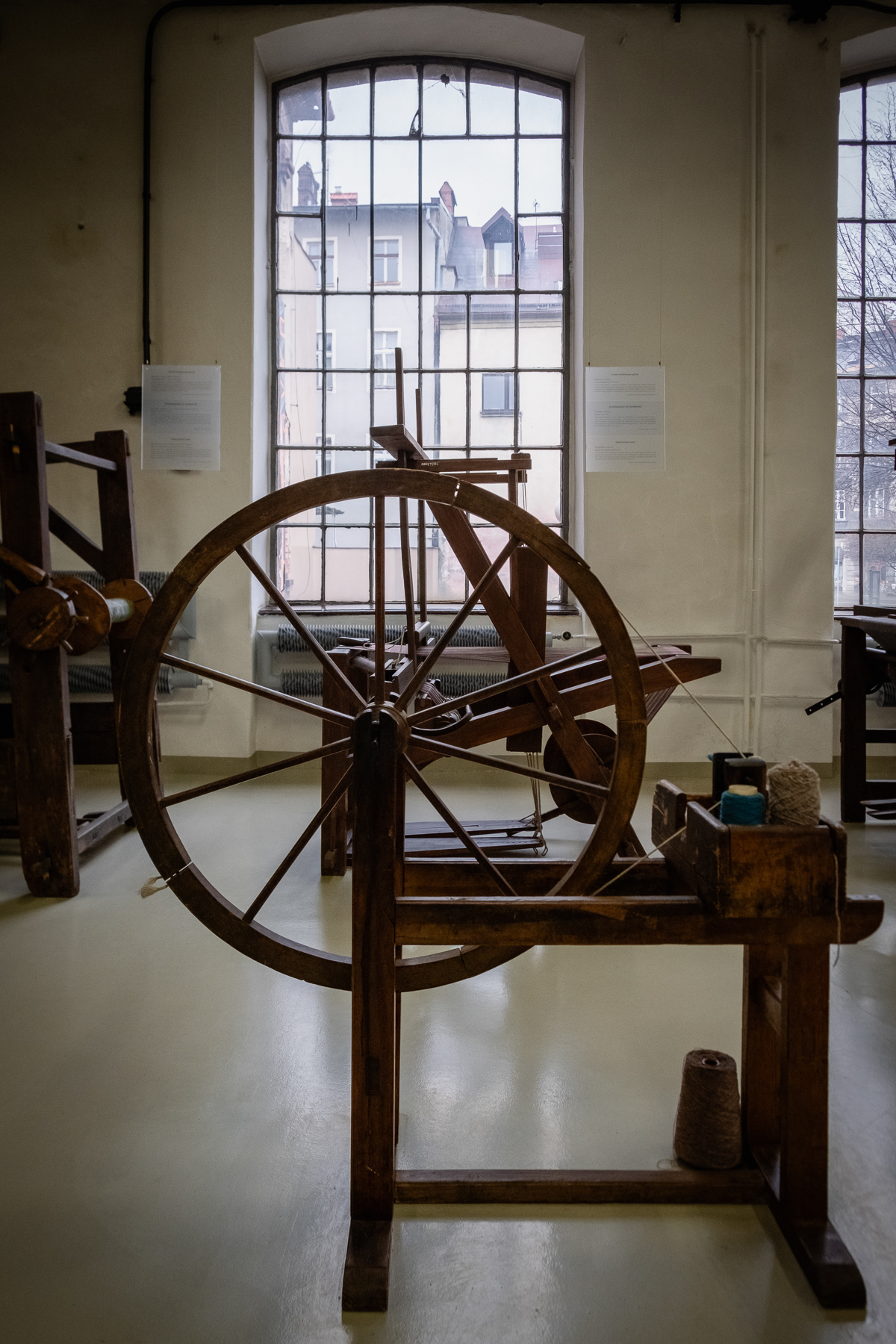In front of Stare Fabryka, the Old Factory, which has been turned into a museum of Bielsko-Biała's industrial heritage.


Second above: 18th Century arches are still left in the street between Rynek and the castle of Bielsko-Biała.


Second above: At the foot of Bielsko Castle, or the Castle of the Sułkowski Princes. In Polish: Zamek książąt Sułkowskich
Just outside the old town hill, a view at the historic central postal office: Poczta.
An almost Londonese sight at the central postal office, but the hill in the distance tells you otherwise. And a rare shot, as there is almost always some traffic on the road that passes in between Poczta and the castle on the right.





The cable car up to Klimczok, October 2025.

View from Klimczok to the little lower situated shelter/restaurant ("schronisko"), October 2025.
View at Bielsko-Biała from near the lower Szyndzielnia top and its "schronisko" (restaurant/shelter), October 2021.

On top of Mount Klimczok, with a view into Slovakia, October 2025.

View at Mount Skrzyczne, October 2025.
View into Czechia on the way to Klimczok, October 2025.
Autumn colours on the hike up to Klimczok, October 2021. Notice the little yellow and black gondola of the cable car line in the top-right of the photo.
Hiking up to Klimczok, October 2021.
Hiking up to Klimczok, October 2021.

On the southern side of the ridges east of Klimczok, October 2025.
